Before spending three days in Vilnius, I dedicated one day to Kaunas. The second-largest city in Lithuania charmed me with its cute architecture and lush avenues. For me, it was just a one-night stop before moving on to the capital. Nonetheless, I decided to discover a bit of the city that I knew nothing about. And I can say with certainty that I learned quite a lot while in Kaunas!


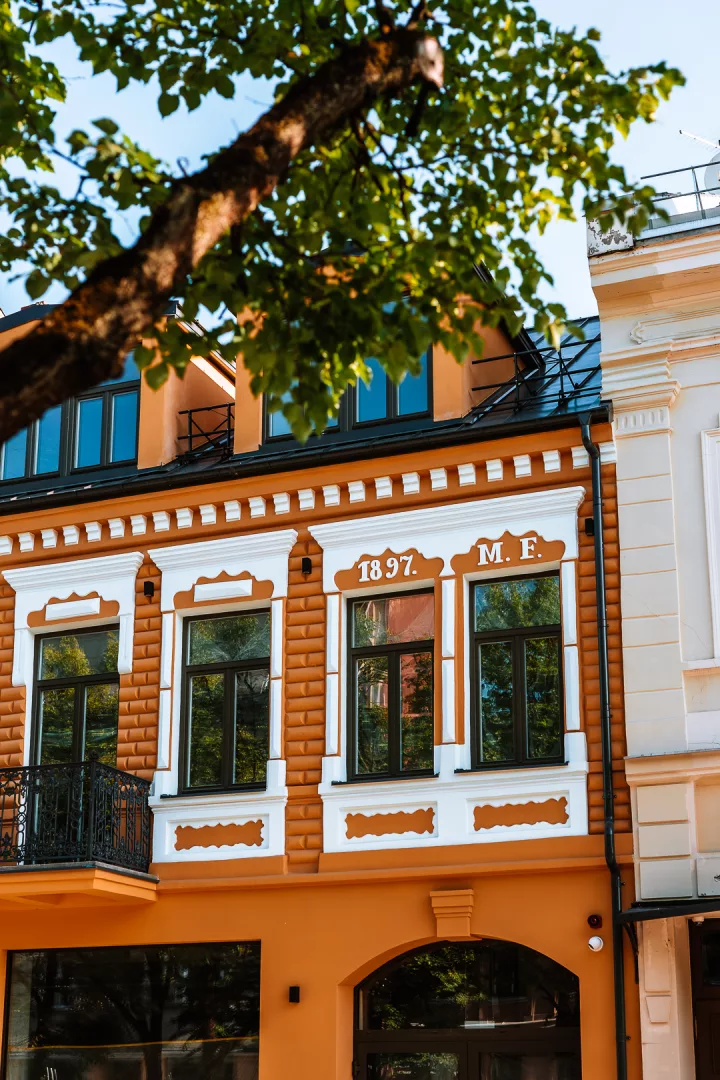
Laisves Aleja, also known as Liberty Avenue, is a beautiful pedestrian street in Kaunas. Lined with trees, it made for a lovely walk on that early morning. The 1,7 km long street connects the train station to the town hall and Kaunas Castle. You’ll find plenty of cafés, restaurants, and little shops on this notable street. All in all, the street is especially picturesque during summer!


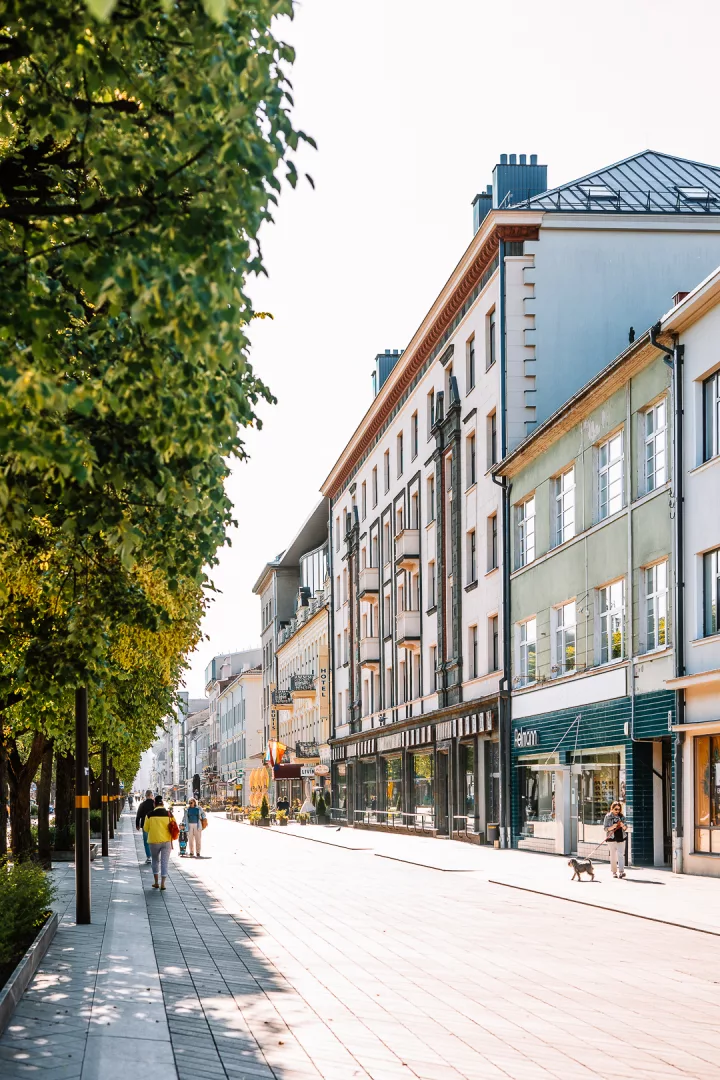
I started my walk from the Church of St. Michael the Archangel and continued onto the avenue. It goes without saying that I lingered around the church for a while. Built in a Neo-Byzantine style, it’s a stunning edifice. With a museum as my final destination, I managed to see quite a lot of the city center. The old town is the city’s main attraction, with lots of beautiful architecture.


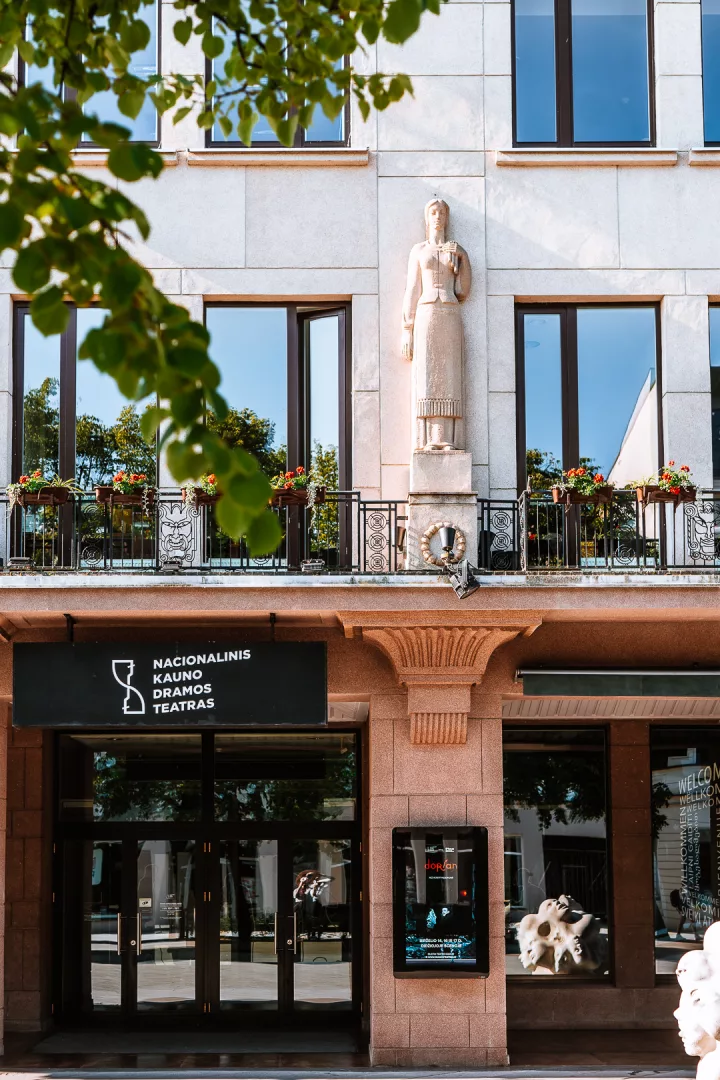
One of my favorite spots in the city was the Maironis Museum of Lithuanian Literature. It got its name after Lithuania’s most famous poet, Jonas Mačiulis-Maironis. I was glad to have spent over an hour wandering through the museum, learning about the country’s literature through different historical periods.

The most fascinating part was learning about the Lithuanian press ban. During the Russian Empire, for 40 years there was a ban on the Lithuanian language, which resulted in a very unique movement. People started to smuggle Lithuanian language books to Lithuanian-speaking parts of the Russian Empire. Famously called, the Lithuanian book smugglers, they would import tens of thousands of books per year. Overall, the resistance to Russia’s oppression made for an engrossing discovery!

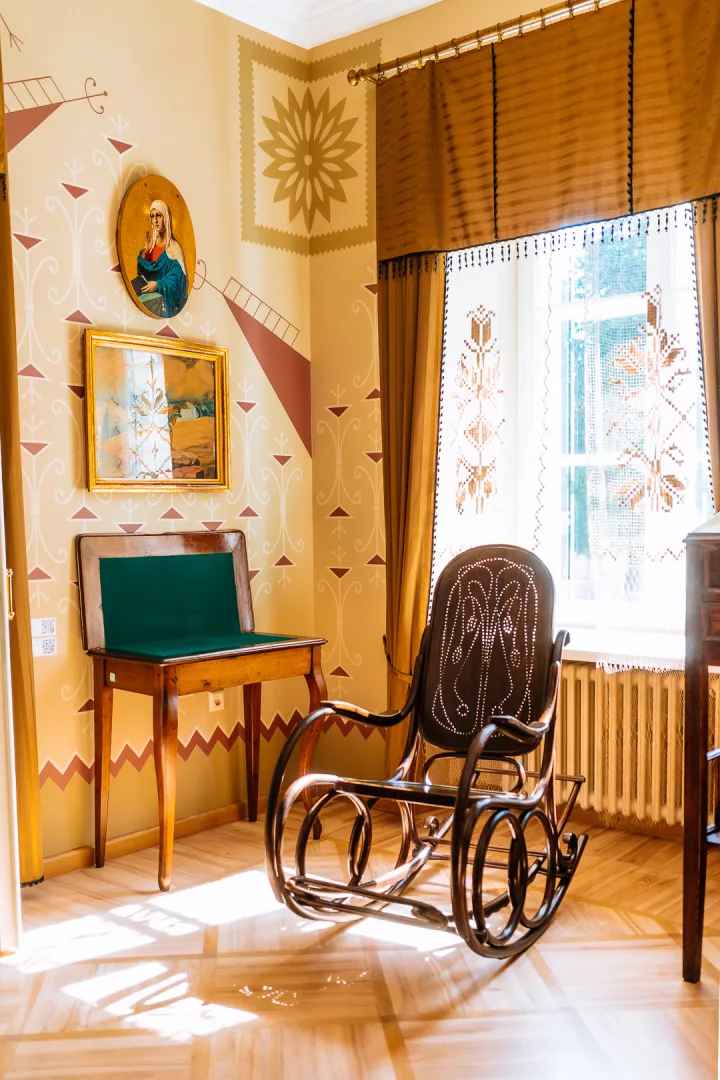

And another thing, I loved how interactive the museum was. Aside from a group of pupils, I was the only visitor that Tuesday morning. And I have to point out how kind the museum staff was, showing me any interesting thing I might miss. There aren’t many explanations in English, which makes sense for a smaller town in Lithuania. Being rather curious about the subject, I would use my phone for translation.


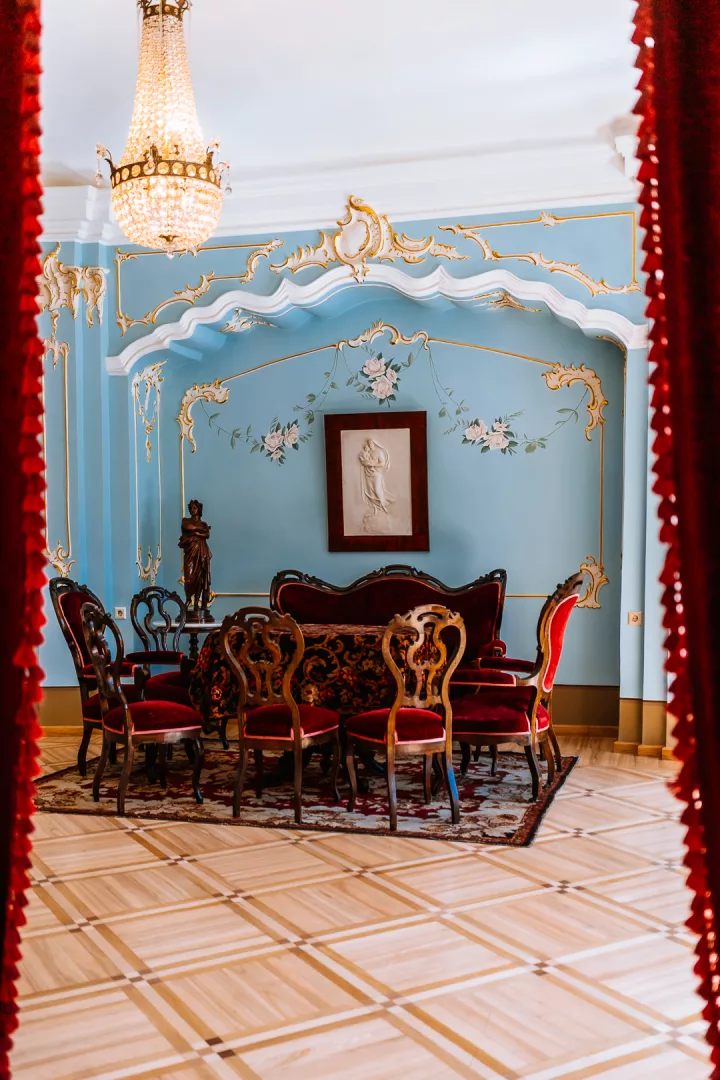
Nearby the museum, it’s hard to miss the impressive town hall. Nicknamed the “White Swan”, it’s a beautiful and sleek building. It dates back to the 16th century and you can visit it for free. Looking back on it, that’s one of the things I wish I had had more time for while in Kaunas!



In fact, the entire square is lovely, with houses from the 17th century and a pink church. Early in the morning, the main square was quiet. But seeing the closed umbrellas and terrace, it was easy to picture a summer evening here. I could just imagine the vibrant atmosphere of the square. Equally so, dining out on any of the terraces alongside the main street must be amazing.

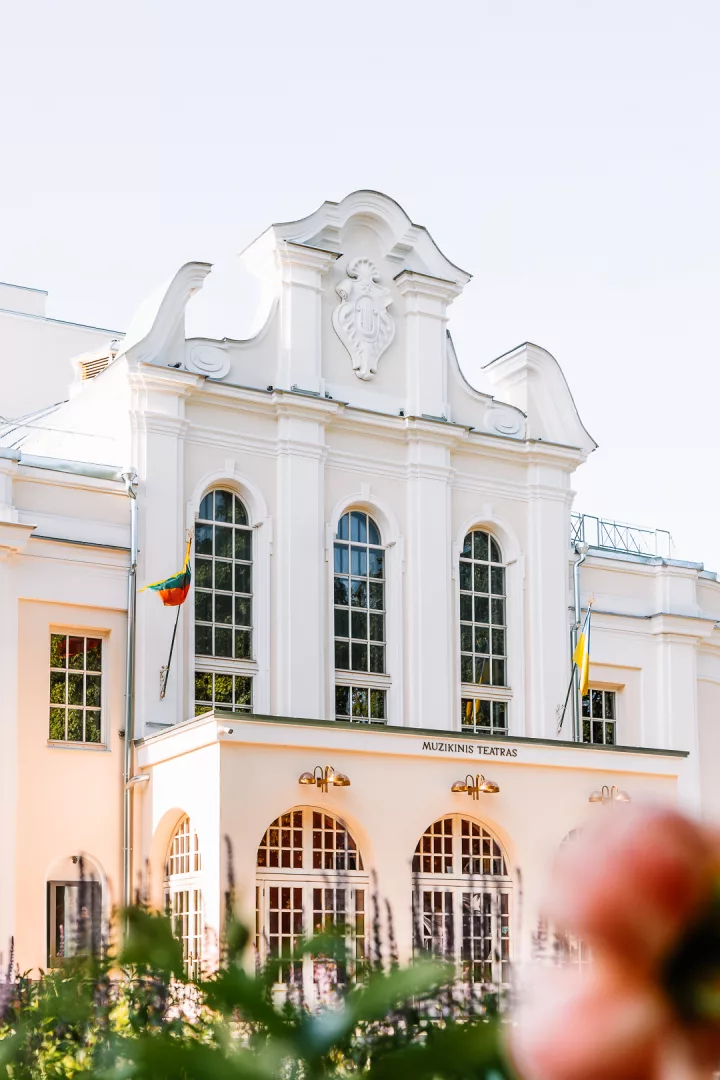

What’s more, Kaunas is where the wonderful Son de Flor is located! This is one of my favorite small businesses to work with and being in the same city as them put a smile on my face. If I had had more time in Kaunas, I would’ve gladly taken the bus to their headquarters.

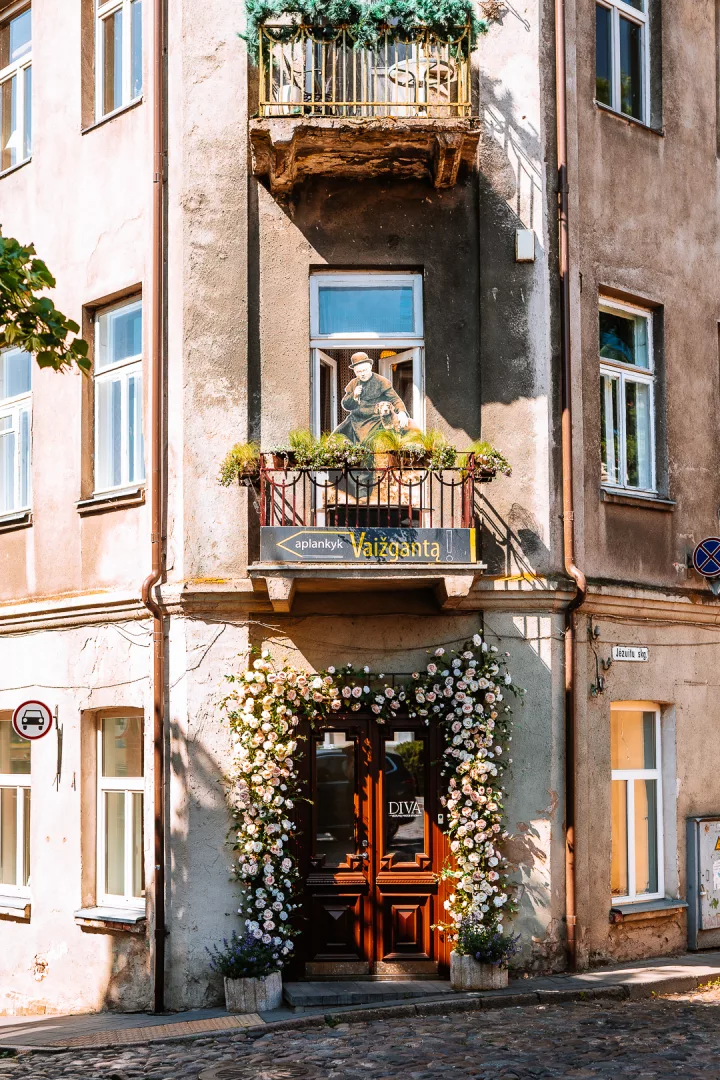

In the end, I was happy to have stopped in Kaunas for one day. While it’s not a destination you hear about often, I found it quite interesting. There were a few more places I would’ve loved to see so I hope I find myself back here. One full day in Vilnius will be enough to experience all of the history, culture, and food scene that this city offers. So I hope this post inspired you to visit it and give it a chance to charm you too!

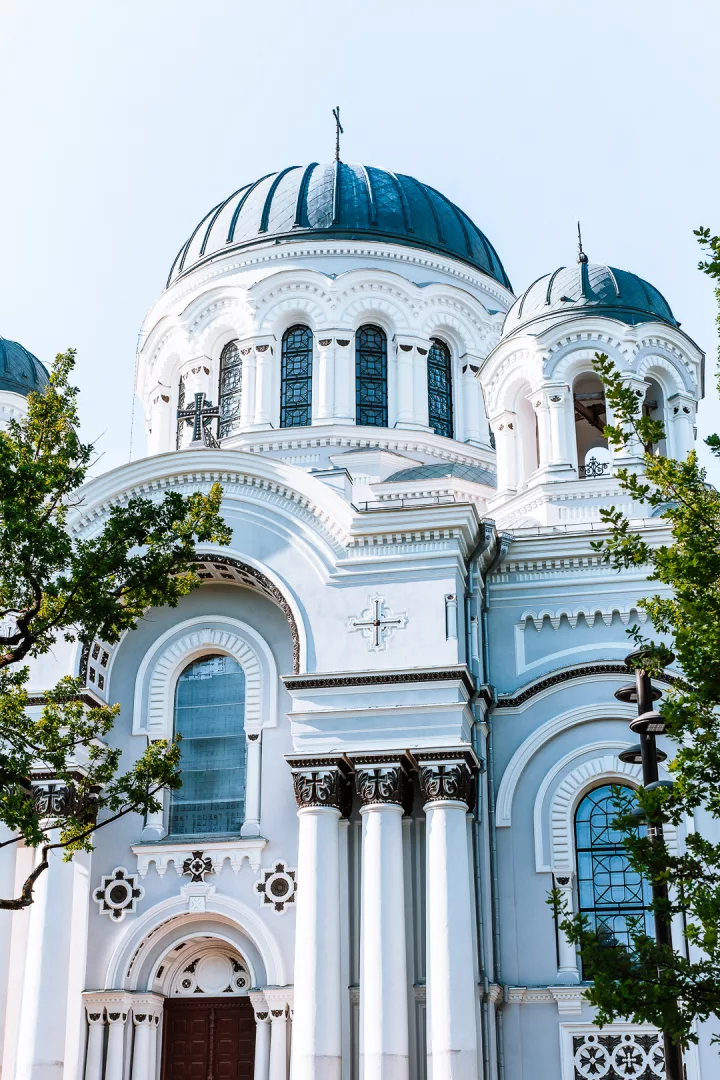

Brigita Soldo
Travel Photographer · Creative Content Creator · Vintage & Sustainable Fashion Advocate
What a lovely article about a Lithuanian city that sounds more Lithuanian than Vilnius! As you said, and based on your pictures, Kaunas is clearly a very picturesque city (in Spanish “pintoresco”, which means worthy of being painted (from “pintura”, paint or painting, and “pintor”, painter).
Although I haven’t seen photos of Latvia, it seems to me that the three Baltic countries have become very vibrant and prosperous after the hardship they experienced during the Soviet era. I had no idea that the Lithuanian language was officially banned for nearly half a century, but the movement that ensued, which you described, is very inspirational.
I would love to walk on a mile-long pedestrian street like Liberty Avenue, even without such enchanting buildings, shops and restaurants, but American cities are (typically) very much car cities. It would be a magical dream for me to actually be on Liberty Avenue, especially during a summer (“estival” – I just found out that this word exists in English, too!) evening, as you sort of suggested. The architecture is splendid, but not too overwhelming, and I would love to visit lots of shops, even if no one understands me! And there must be a café comparable to Kleines Café, your favorite!
Thanks for including a picture of the pink church… so beautiful, and indeed the Church of St. Michael the Archangel is stunning! I’m curious about the fabulous indoors pictures of splendid rooms. I’m not sure if those are from Kaunas Castle or from some other place. The dining room has an amazing chandelier!
Your travel blog is awesome. Thanks for sharing!
Thank you for the kind words! As mentioned before the photos of the interiors, that is the Maironis Museum of Lithuanian Literature. Glad you liked this little photo diary from Kaunas!